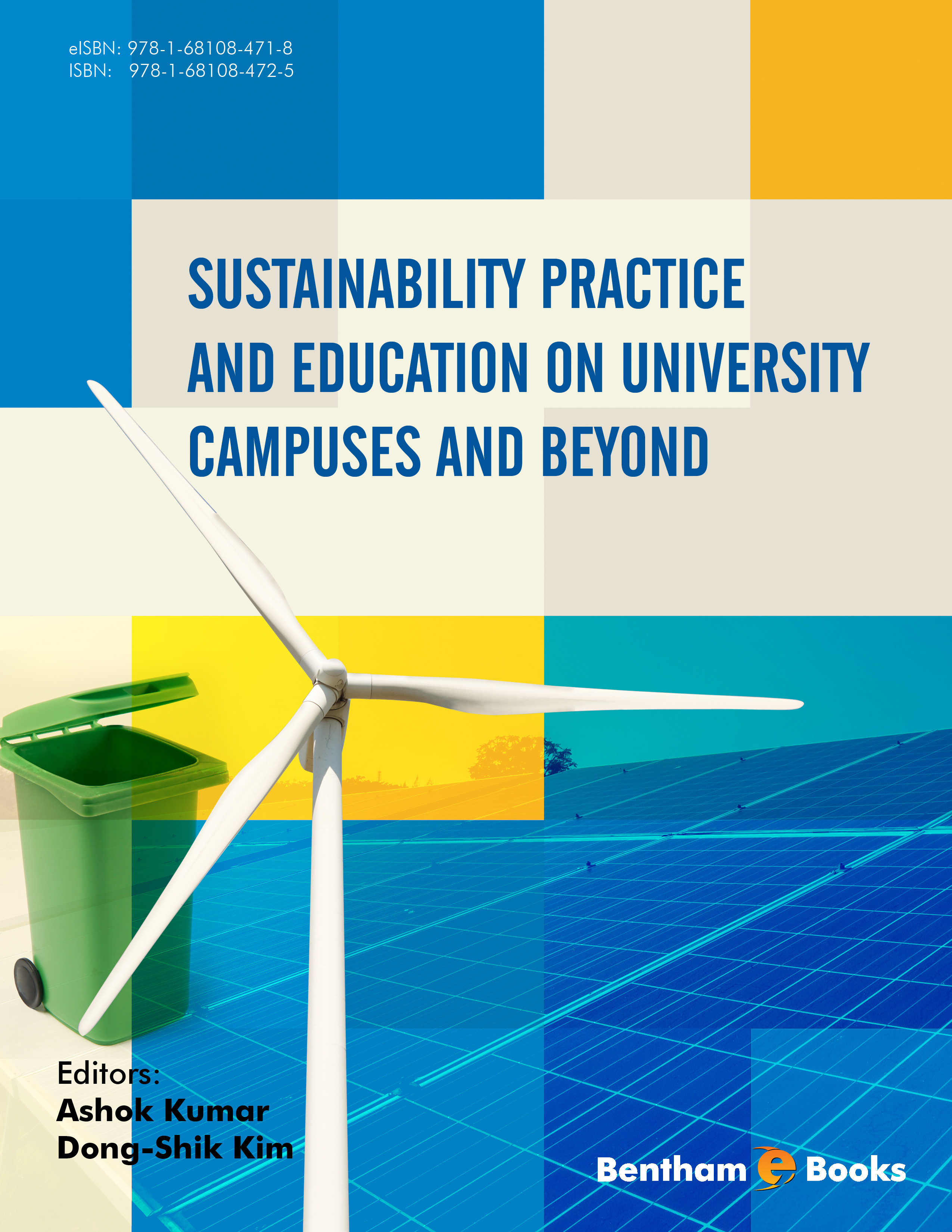Introduction
Campus activities for sustainable development are an effective way of learning and implementing sustainability in surrounding communities and industry. A college campus is an ideal place to practice and test new ideas and to learn valuable lessons from the results and mistakes. Sustainability Practice and Education on University Campuses and Beyond showcases many ideas and endeavors pursued on college campuses in the form of case studies. These case studies include past, current and projected activities to green college campuses.
Specific topics covered in this book include student-driven and college-driven environmental sustainability programs in undergraduate and graduate classes, issues in teaching environmental sustainability, the LEED certification of universities, issues of shrinking cities, and a comparison of sustainable military bases with college campuses.
Readers will be able to clearly understand the concept of sustainable development through a textbook approach to ‘crazy’ ideas presented in the book. In addition, the pedagogical challenges in sustainability education mentioned in the book address key issues arising due to the multidisciplinary nature of sustainability curricula.
Sustainability Practice and Education on University Campuses and Beyond is a good resource on sustainability in environmental science courses for college students, faculty and sustainability-related researchers. Decision makers in government and industry positions looking for ideas for promoting sustainable development can also benefit from the contents of this book.

